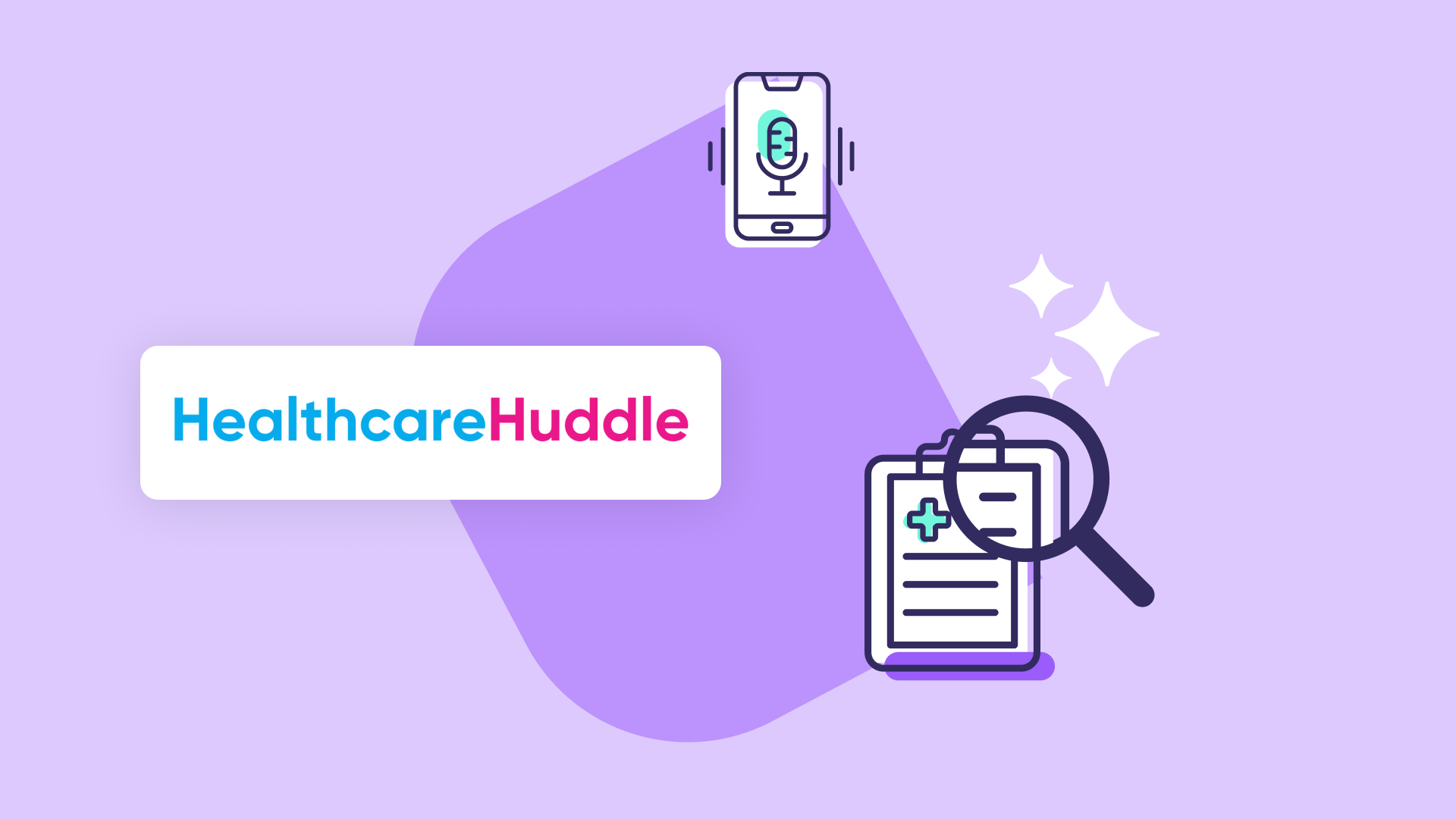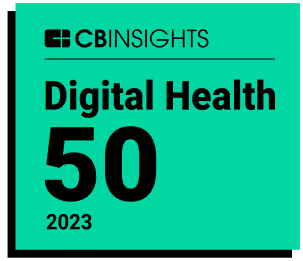Imagine if on the first of each year everything that ails you would magically disappear and you’d be granted a clean bill of health. Our medicine and other treatments aren’t up to that task just yet, but at least in the world of risk adjustment in healthcare, that fantasy is very much a reality.
In truth, sometimes our health really does improve from year to year, and sometimes it gets worse. This constant change underscores the importance of the annual risk adjustment process mandated by the Centers for Medicare & Medicaid Services (CMS), requiring health plans to accurately report their patients’ conditions. This practice of risk adjustment coding is more than an administrative necessity; it's a vital part of value-based care, ensuring that healthcare delivery stays attuned to patient needs.
The needs of a healthy individual are very different from those of someone managing a chronic condition like uncontrolled diabetes. Based on these different needs, CMS essentially crafts a budget for each patient, encompassing everything from medications to specialist consultations and patient education.
But at the turn of the year, CMS hits the reset button on each patient, and everyone is whole and healthy again. A classic example is that of an amputee patient, who on January 1 has all their limbs again—at least on paper, until their condition is re-reported. That accurate and timely reporting is crucial to ensuring the proper allocation of resources, so that no one’s needs are underrepresented.
This annual reset can be overwhelming, but it is crucial in maintaining up-to-date patient profiles. It serves as a reminder—and a helpful nudge—for healthcare providers to reevaluate their patients' current health status and needs. Here are a few examples that highlight why the reset is so important:
- Formerly acute conditions that are now improved or resolved altogether
- Updating the status of patients from an active cancer diagnosis to remission
- Recording new diagnoses, such as the onset of diabetes
While the start of the year can be a busy period for care teams, the accurate and annual reporting of patient conditions must not be overlooked. Ideally, all patient conditions should be captured at the first encounter of the year, even though providers are given the entire year for this task. Some groups and health plans favor semi-annual reporting as a precautionary measure, more ensuring thorough and accurate documentation, and it’s important that each healthcare provider follows the specific guidelines set by their organization. One report a year is typically sufficient and can help reduce the risk of burnout among providers and care teams.
As we step into 2024, let's embrace this annual reset, committing ourselves to a year of patient-focused, accurate, and efficient healthcare delivery.









.png)













